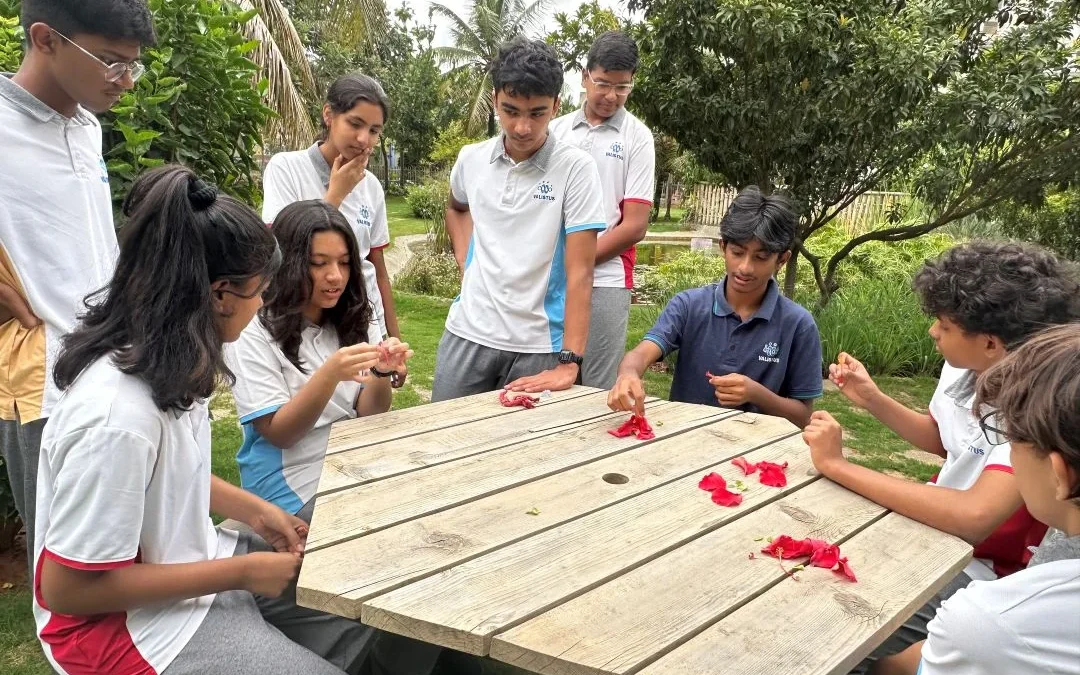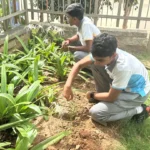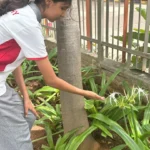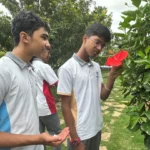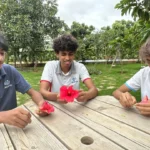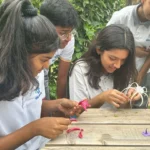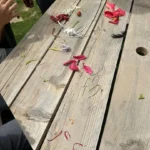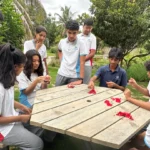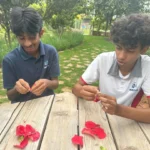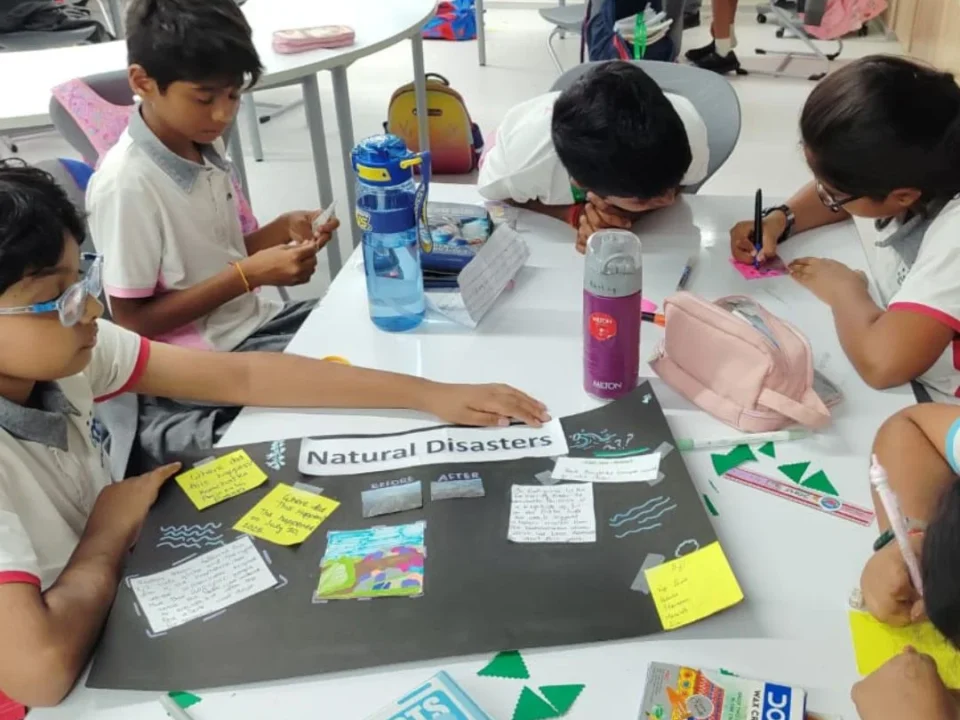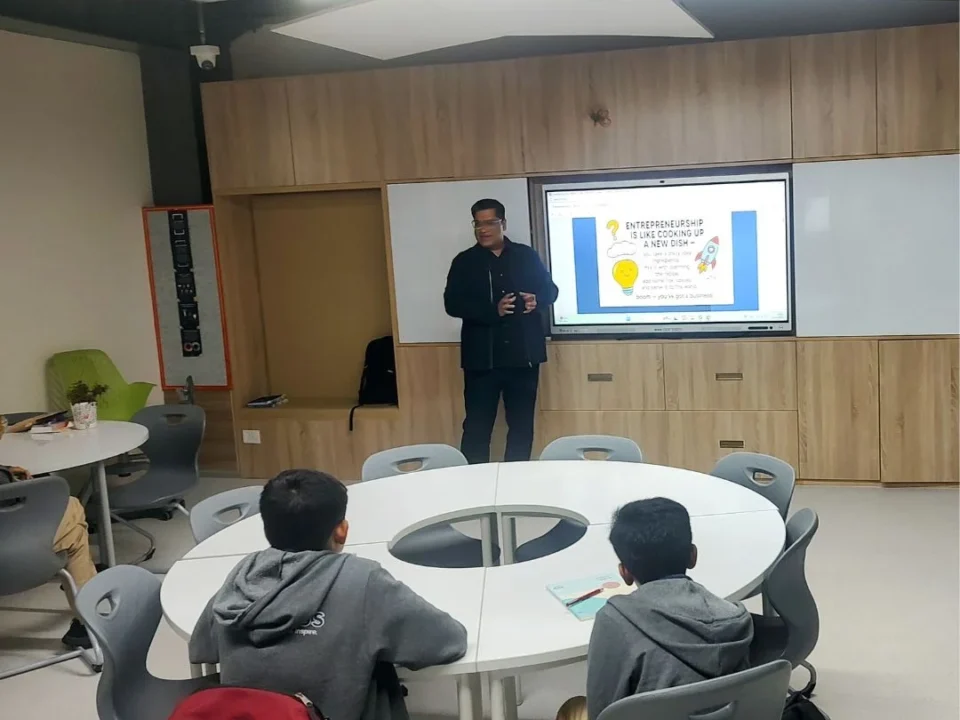
Chocolate Rocks and Earth Science
30th July 2025
Mini Marketeers in Action at Valistus!
1st August 2025Year Group 10 Biology students at Valistus explored the fascinating world of sexual reproduction in flowering plants through an engaging hands-on lab session.
As part of their IGCSE Biology curriculum, learners dissected real flowers to identify key reproductive structures such as stamens, carpels, petals, and sepals. By observing both male and female parts under guidance, students gained a deeper understanding of how pollination and fertilisation occur in nature.
The session encouraged comparison between different species of flowers, highlighting variations in structure and function that support either self or cross pollination.
This practical experience not only reinforced theoretical knowledge but also nurtured scientific observation skills and curiosity. The classroom came alive with colours, curiosity, and conversation as learners connected textbook diagrams to real-life specimens—discovering how structure supports function in the reproduction of plants. 🌿 📚

